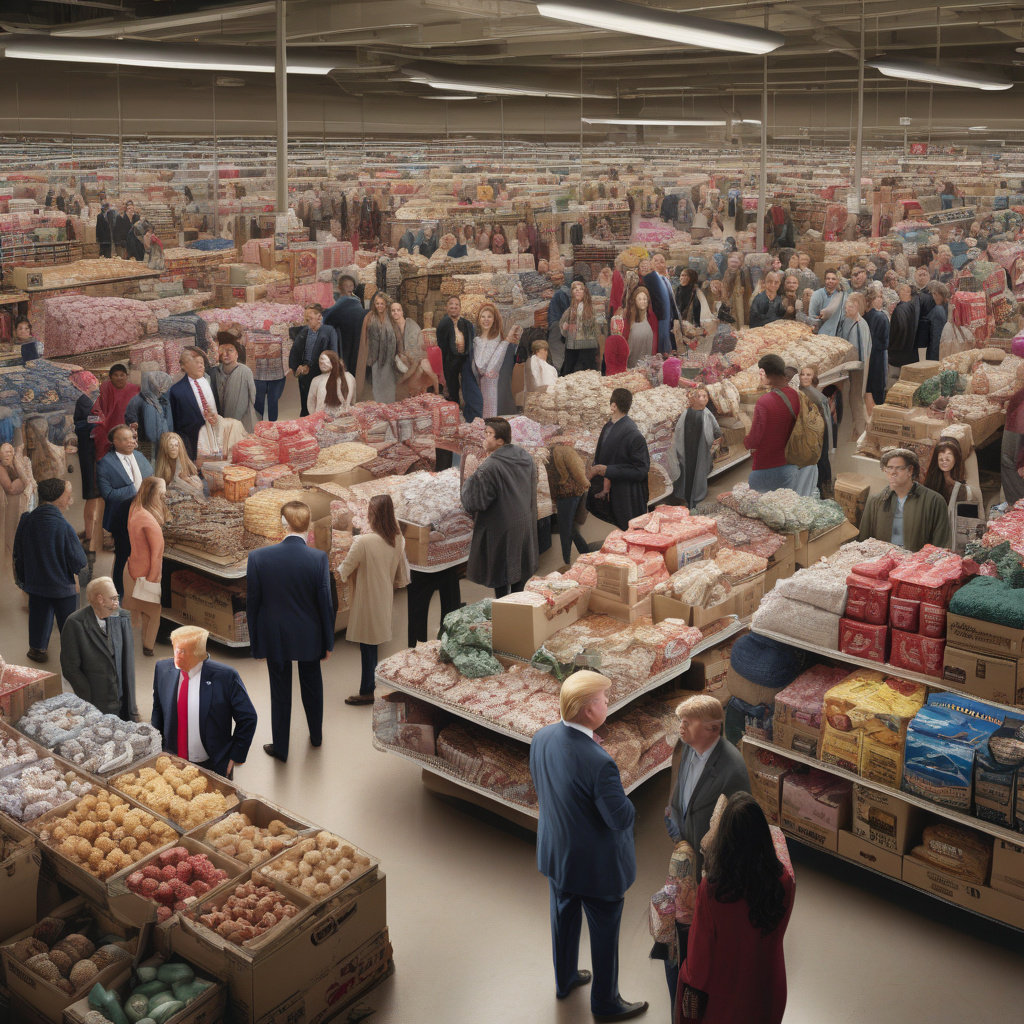Trump’s Tariffs: Assessing the Impact, One Week Later
It has been a week since the implementation of Trump’s tariffs, and the business world is still reeling from the shockwaves it has sent through various industries. One sector that has been particularly affected is the fashion industry, with businesses now scrambling to assess the impact and strategize to navigate these uncharted waters.
The fashion industry relies heavily on global supply chains, with many companies sourcing materials and manufacturing products from countries around the world. The tariffs imposed by the Trump administration have disrupted these supply chains, leading to uncertainty and volatility in the market. As the shock wears off, fashion businesses are starting to draw up plans to navigate a market that is still rapidly changing under their feet.
One of the immediate impacts of the tariffs has been an increase in production costs for fashion companies. Many businesses are now faced with the prospect of either absorbing these additional costs or passing them on to consumers in the form of higher prices. This poses a dilemma for companies, as raising prices could lead to a drop in consumer demand, while absorbing the costs could eat into their profit margins.
Another challenge for fashion businesses is the uncertainty surrounding the tariffs and how long they will be in place. The volatile nature of the current trade environment makes it difficult for companies to make long-term plans and investments. This uncertainty can hinder innovation and growth in the industry, as businesses are forced to focus on short-term survival rather than long-term sustainability.
Despite these challenges, some fashion companies are seeing the tariffs as an opportunity to reassess their supply chains and explore new sourcing options. By diversifying their suppliers and manufacturing locations, companies can reduce their reliance on any single country and mitigate the impact of future tariffs or trade disruptions.
In conclusion, Trump’s tariffs have had a significant impact on the fashion industry, forcing businesses to adapt to a rapidly changing market environment. While the immediate effects may be challenging, there is also an opportunity for companies to innovate and strengthen their supply chains in the face of uncertainty. As the industry continues to navigate these challenges, it will be essential for businesses to stay agile and proactive in order to succeed in this ever-changing landscape.
tariffs, impact, fashion industry, supply chains, uncertainty












